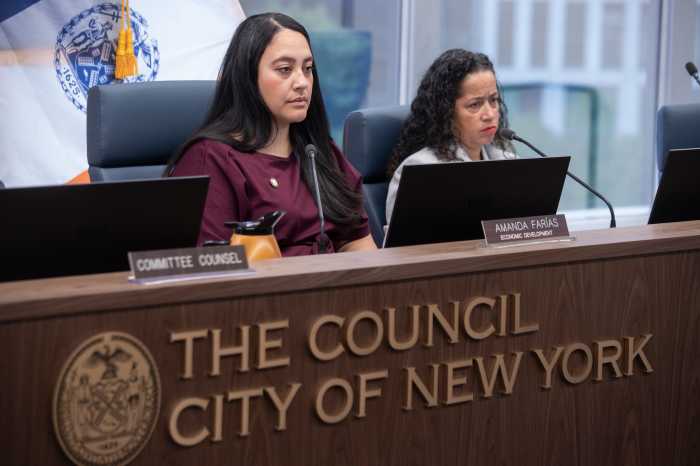Around 3.3% of American high school students identify as transgender and 2.2% are questioning their gender, according to a national survey conducted as part of the federal Centers for Disease Control and Prevention’s (CDC) 2023 Youth Risk Behavior Survey.
The survey of 20,000 students is conducted every two years, but this marks the first edition of the survey to feature data on trans students, according to the CDC. The survey was released on Oct. 10.
The survey follows a similar one conducted by the Williams Institute at the UCLA School of Law in 2022. That study found that 1.4% of people in the US between the ages of 13 and 17 identify as transgender, which was higher than the 0.5% of adults in the US who identified as trans at the time. However, the Williams Institute’s survey found that 3% of youth in New York State identified as trans, which is almost identical to the CDC’s numbers.
The CDC’s survey also points to the marginalization of trans youth: While 8.5% of cisgender male students said they skipped school because they deemed it unsafe, that number climbed to 25% for transgender students and 26% for questioning students, according to the research.
A whopping 72% of trans students and 69% of questioning students reported experiencing persistent feelings of sadness or hopelessness. Furthermore, 26% of trans and questioning students reported suicide attempts in the last year — far higher than 5% among cis boys and 11% among cis girls.
Housing instability is proving to be an issue for transgender students, as well, according to the research. About 11% of trans students reported unstable housing compared to 2% among cis girls.
Among other issues, the social isolation of trans students is also evident by the CDC data, which showed that 37% of trans or questioning high school students said they were close to others at school, which was nearly half of the 62% of cis boys who reported the same.
The stigma, discrimination, and social marginalization experienced by transgender students can contribute to greater rates of minority stress, which can help drive greater disparities between trans and cis students, according to researchers. Higher rates of family rejection are also contributing factors behind the disparities.
A survey conducted by GLSEN in 2021 found that 80% of LGBTQ students in K-12 experienced verbal, physical, or sexual harassment or assault in educational settings and half of LGBTQ students of color were victimized due to their race or ethnicity.
The CDC’s report stresses that schools have the ability to foster safe and accepting environments for students, including trans and questioning students, by creating and promoting inclusive clubs for LGBTQ students, providing professional development training to educators and school staff, and more.

































